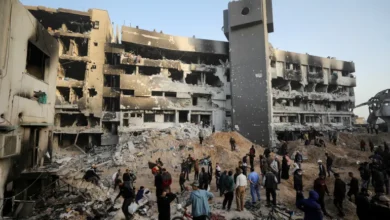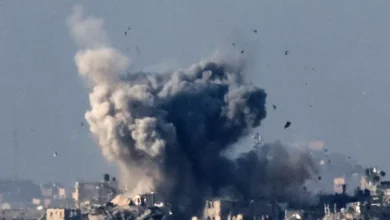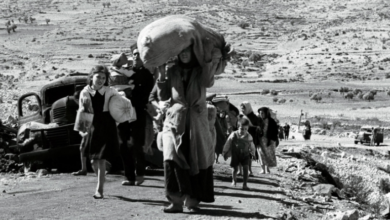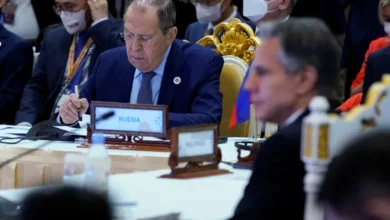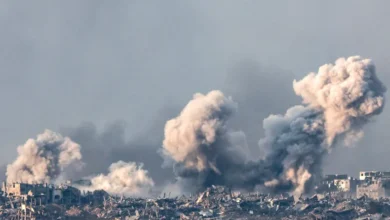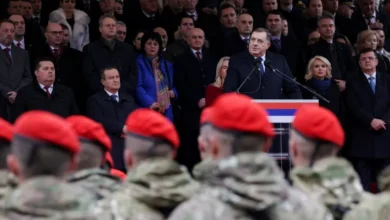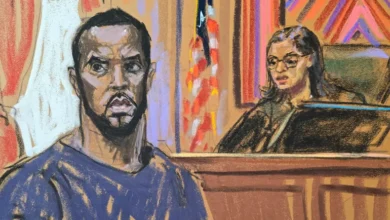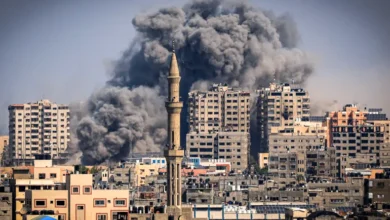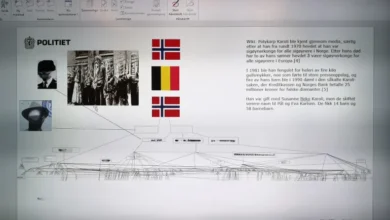Diego Garcia remains a dark British-American secret in the Indian Ocean
Josef Alkatout
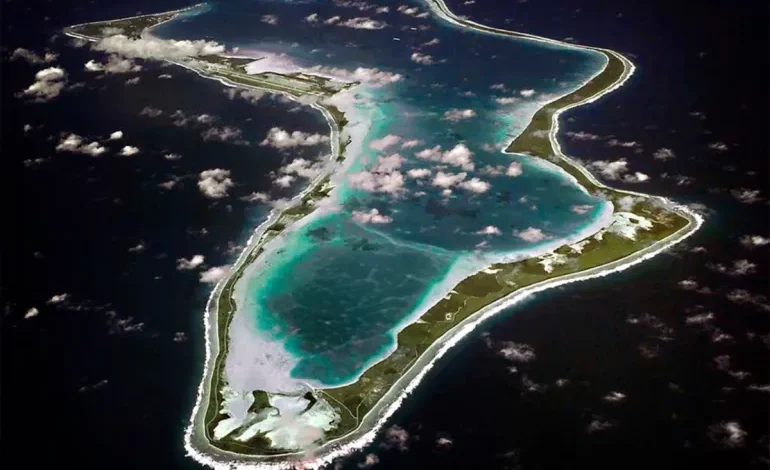
When the governments of Mauritius and the United Kingdom issued a joint declaration at the beginning of this month that they had “reached an historic political agreement on the exercise of sovereignty over the Chagos Archipelago” after a half-a-century long dispute and two years of direct negotiations, Joe Biden reportedly went “so far as to ‘applaud’ [the agreement] within minutes of the announcement!”
The United States president has every reason to be pleased.
After all, according to this much-lauded agreement, British rule over the Archipelago’s 60 or so small and uninhabited islands will come to an end, but there will be no change in the status of its main and most southerly isle, Diego Garcia, which is hosting a vast, secretive US Navy base.
As part of the agreement, Mauritius, which gained independence from Britain in 1968 after abandoning its claim to sovereignty over the Chagos, agreed that it would allow the US base to continue operating on Diego Garcia for the next 99 years – renewable. Under the deal, Chagossians, who were exiled from the archipelago in the 1960s and 1970s to make way for the US base, are allowed to return to the smaller Chagos islands – but they are still not permitted to access Diego Garcia freely or resettle there.
While the deal will not satisfy the United Nations, which has long been calling for the “complete” decolonisation of the Archipelago, or Chagossians, who wanted to “return home” without any conditions or exclusions, the White House is understandably relieved that an agreement has been reached between the UK and Mauritius that allows the US to keep the military facility it has been using for more than 50 years.Diego Garcia is located in the middle of the Indian Ocean, strategically positioned between Asia and Africa. The base may be thousands of miles from Washington, but it is within flying distance of the Middle East, and it has provided the US with important leverage during many crises threatening US interests in and around that region.
However, in 2007, Dick Marty, a former Swiss prosecutor appointed as an expert by the Council of Europe, reported that he had “received concurring confirmations that United States agencies have used the island territory of Diego Garcia (…) in the ‘processing’ of high-value detainees”. A few months later, UN special rapporteur on torture, Manfred Nowak, revealed that he too had obtained evidence that Diego Garcia was used for the “detention” of “terror” suspects.
In early 2008, former CIA Director Michael Hayden said information previously “supplied in good faith” to the UK had “turned out to be wrong”. The US expressed regret for this “administrative error”. The British authorities had to admit that the assurances given by Straw were incorrect and conceded that “two flights had refuelled at Diego Garcia, though neither suspect had disembarked”. Later, however, it became obvious that the island played a much more significant role in the program, and the UK knew all about it.
When the intelligence committee of the US Senate investigated further the involvement of the island naval base in the “extraordinary rendition program”, UK diplomats held more than 20 meetings with Senate members to lobby for any British role not to be disclosed. The classified Senate report nevertheless found that the US abduction and torture programme was established with London’s “full co-operation”.
Later, desperate to avoid any accountability over the matter, the UK Foreign Office claimed that documents exposing British knowledge of the practices on Diego Garcia had been lost due to “water damage”. The Liberal Democrats, a British political opposition party, however, said they found evidence that the government itself had systematically destroyed flight logs for Diego Garcia. The legal action NGO, Reprieve, jeered that “the Government might as well have said the dog ate their homework.”
While the European Court of Human Rights has convicted several of its member countries for colluding in enhanced interrogation techniques involving torture at “black sites”, neither the American nor the British justice system has prosecuted a single individual for their actions.
Diego Garcia’s uniquely remote location has enabled the US and its British landlord to shield their operations from the global public eye for decades. The territory, under British sovereignty, remained a symbol of continued colonialism in the region. And the US base there harmed not only Chagossians, who were forcefully evicted from their homes to make way for it, but everyone who has been affected by the West’s actions in the aftermath of 9/11.
Thus, contrary to the official narrative, the recent UK-Mauritius deal does not uphold “the international rule of law” and mark a victory for Chagossians – it rather allows the veil of secrecy to keep unprosecuted the wrongdoings committed during the “war on terror”. The agreement, no matter how it is dressed and presented, further erodes Western credibility and underlines the shortcomings of diplomacy in reigning in the excesses of predominant powers.
